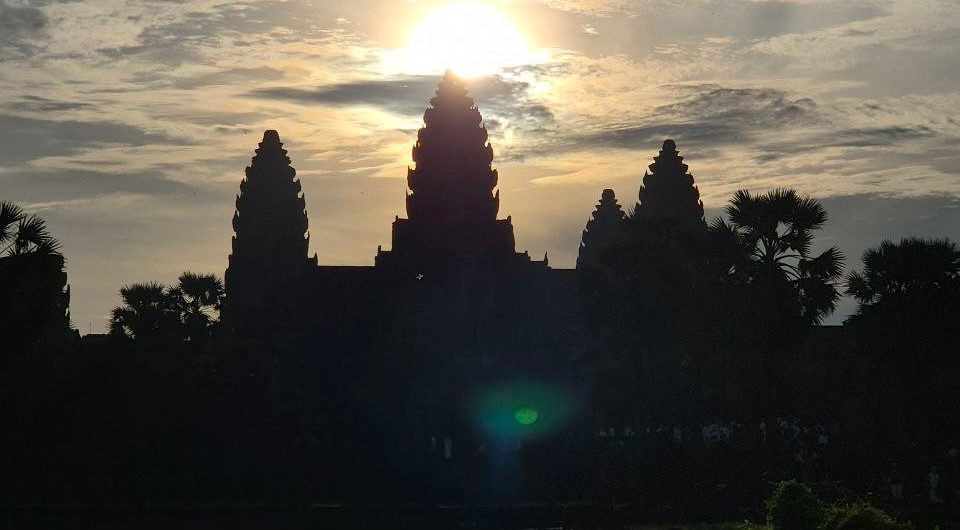Discover the must-see Cambodia UNESCO sites: Angkor, Preah Vihear, Sambor Prei Kuk, Tonle Sap and explore Cambodia’s living cultural highlights.
Cambodia is one of Southeast Asia’s most captivating destinations, renowned for its timeless temples, rich spiritual traditions, and resilient culture. Despite its turbulent modern history, the country proudly preserves some of humanity’s most treasured legacies, many of which are recognized by UNESCO for their universal value. From the sprawling ruins of Angkor to the floating heart of Tonle Sap Lake, Cambodia UNESCO sites offer travelers not only breathtaking views but also profound cultural encounters.
Visiting these heritage destinations provides a rare opportunity to walk through ancient capitals, marvel at Khmer architectural brilliance, and immerse yourself in living traditions that continue to shape Cambodian identity today. Whether you are a history enthusiast, a cultural explorer, or simply a curious traveler, this guide highlights the must-see UNESCO sites and cultural gems that make Cambodia unforgettable.
Angkor Archaeological Park – The Timeless Wonder of the Khmer Empire
When most people think of Cambodia UNESCO sites, Angkor immediately comes to mind. Designated a World Heritage Site in 1992, Angkor Archaeological Park in Siem Reap is the largest religious monument in the world and the ultimate symbol of Cambodia’s spiritual and cultural soul.
Angkor Wat – A Sacred Masterpiece
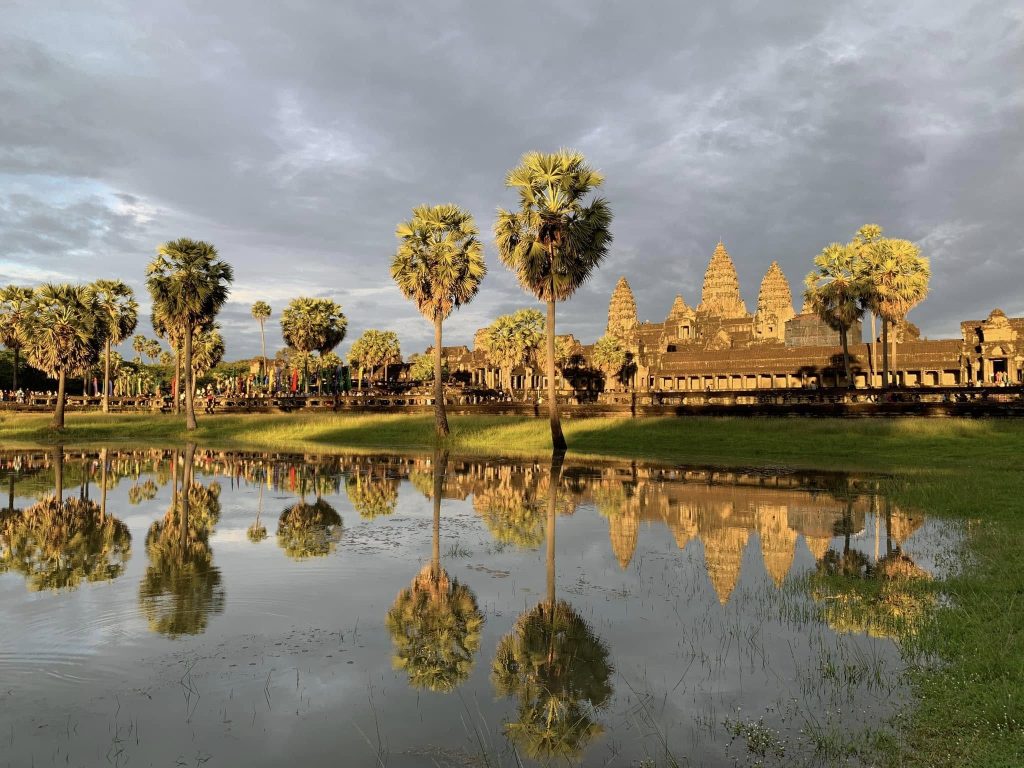
At the heart of Angkor is Angkor Wat, originally built in the 12th century as a Hindu temple dedicated to Vishnu and later transformed into a Buddhist sanctuary. Its five lotus-shaped towers represent Mount Meru, the mythical center of the universe. Sunrise over Angkor Wat is considered one of the world’s most awe-inspiring travel experiences.
Bayon Temple – Faces of Serenity
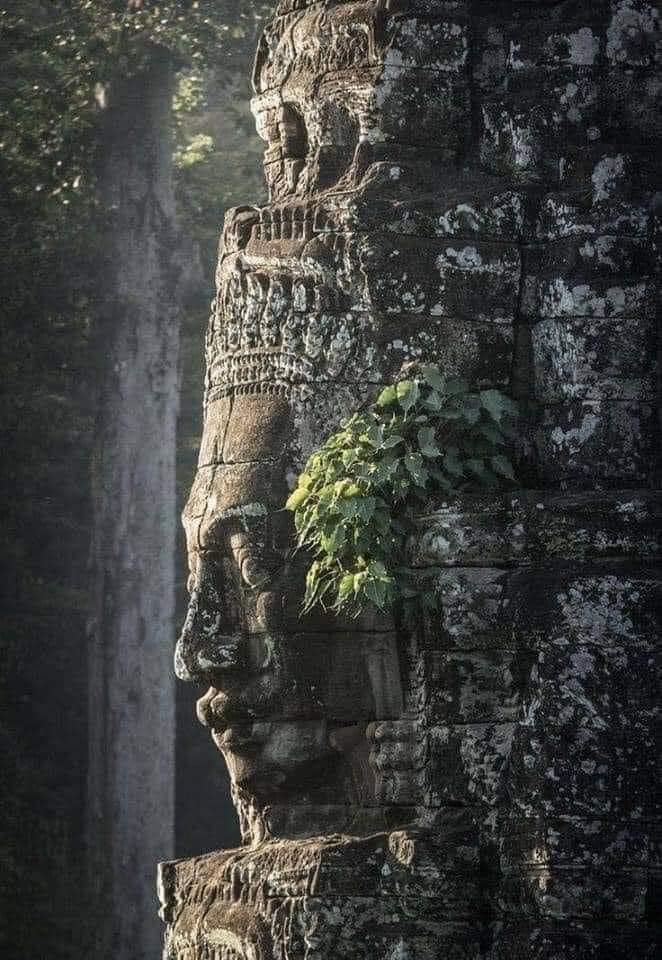
Nearby, the Bayon Temple inside Angkor Thom is famous for its 216 stone-carved faces that gaze serenely in all directions. This temple reflects the cosmopolitan vision of King Jayavarman VII and is a highlight for photographers and cultural enthusiasts alike.
Ta Prohm – Where Nature and Culture Embrace
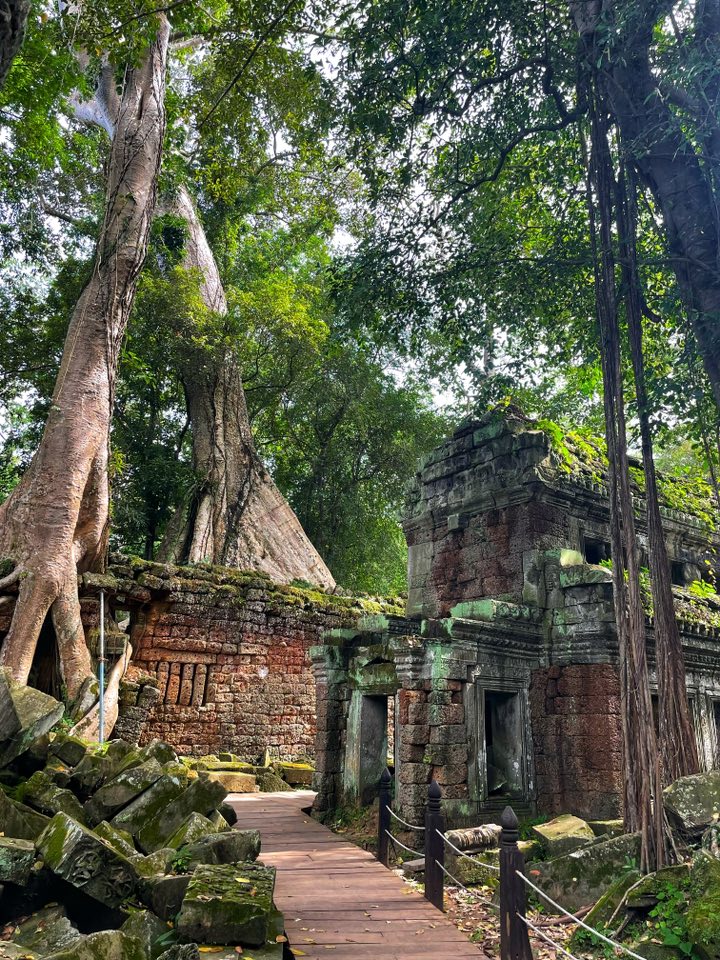
Ta Prohm, also called the “jungle temple,” is unique because massive tree roots intertwine with ancient stone walls, creating an ethereal atmosphere. It demonstrates how nature reclaimed the site over centuries before modern restoration efforts began.
Visiting Tips
- Allow at least two to three days to explore Angkor properly.
- Purchase the Angkor Pass for multiple-day entry.
- Sunrise and sunset hours offer the most magical light for photography.
>> People read also the most popular 3-Day Angkor Temple Tour.
Temple of Preah Vihear – Mountain-Top Masterpiece
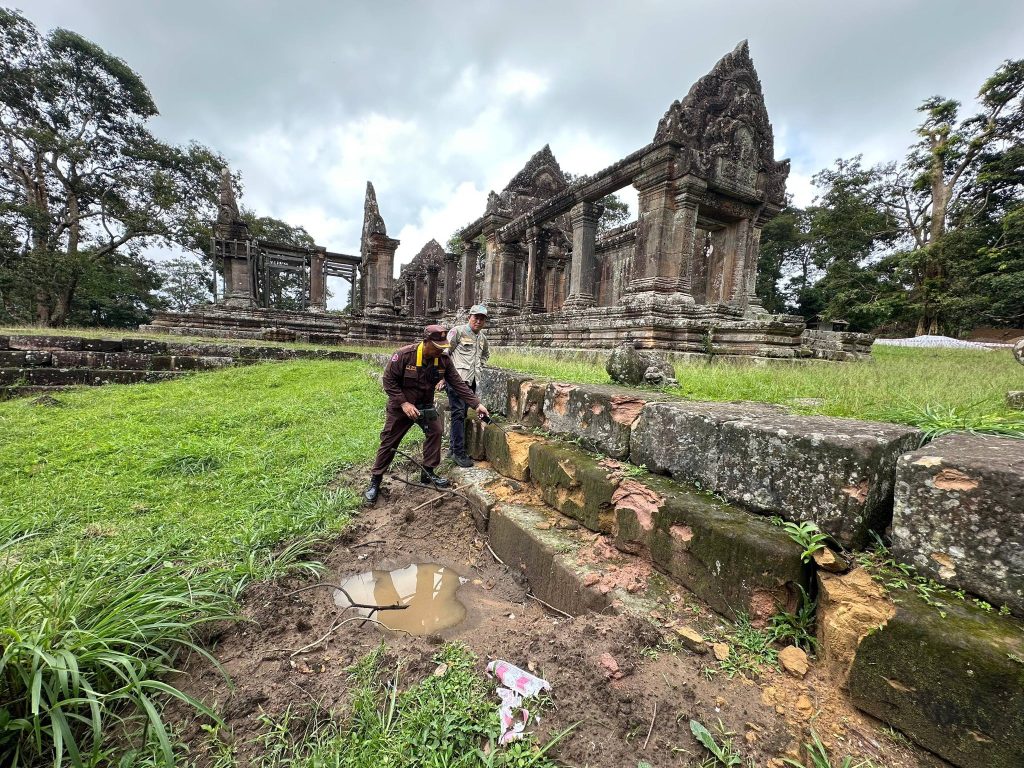
Before July 2025
Perched on the edge of the Dangrek Mountains along the Cambodia–Thailand border, the Temple of Preah Vihear was recognized as a UNESCO World Heritage Site in 2008. Built between the 9th and 12th centuries, the temple is dedicated to the Hindu god Shiva and showcases Khmer architecture adapted to dramatic natural landscapes.
The temple’s location is breathtaking, with sweeping views across northern Cambodia. Its layout follows a series of ascending terraces and staircases, symbolizing the journey toward the divine. Unlike Angkor’s bustling crowds, Preah Vihear offers a tranquil and spiritual experience for adventurous travelers.
From July 2025 until this article’s publication on August 30, 2025
In July 2025, heightened military activity around the Preah Vihear area—especially artillery shelling and airstrikes—caused damage near the UNESCO-listed temple complex and exacerbated regional tensions . After an unconditional ceasefire took effect on July 28, ASEAN deployed an interim observer team to monitor border provinces including Preah Vihear starting August 3 . While active combat has subsided, the temple remains in a fragile state: physically intact but politically tense, with observers stationed nearby to ensure protection of this shared cultural heritage.
Why Visit Preah Vihear?
- Fewer tourists compared to Angkor, making it a serene experience.
- Stunning panoramic views from atop a 525-meter cliff.
- A living reminder of Cambodia’s historical and political significance.
Sambor Prei Kuk – Ancient Chenla Capital
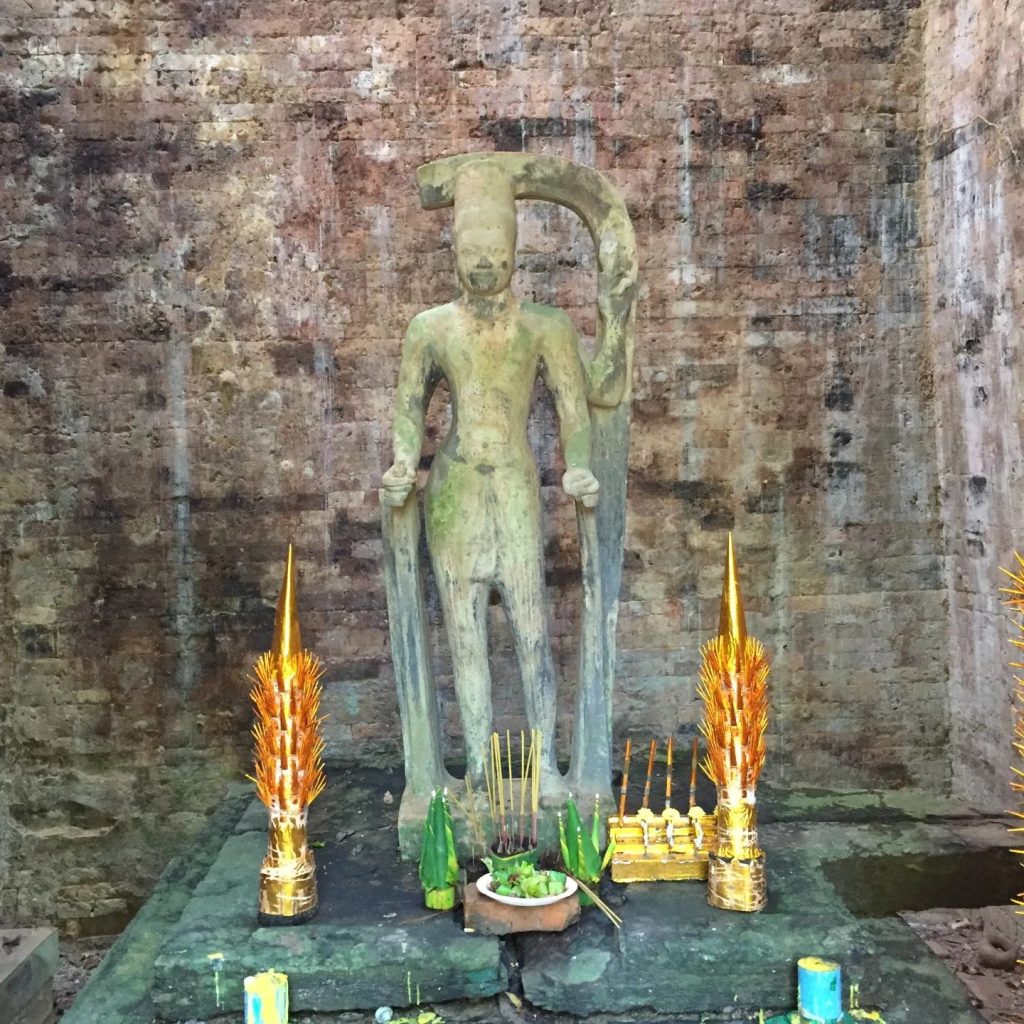
If you want to step further back in time before the Angkor period, Sambor Prei Kuk is the place to go. Inscribed on the UNESCO list in 2017, this archaeological site was once the capital of the Chenla Kingdom during the 7th century.
The site contains more than 100 well-preserved brick temples, including unique octagonal structures and exquisite carvings that predate Angkor’s grandeur. Unlike the monumental scale of Angkor, Sambor Prei Kuk is a quieter and more intimate archaeological park, surrounded by lush forest trails that make for a peaceful exploration.
Highlights of Sambor Prei Kuk
- Oldest surviving temples of the Khmer civilization.
- Distinctive octagonal towers found nowhere else in Southeast Asia.
- A chance to experience Cambodia’s ancient history off the beaten path.
Tonle Sap Biosphere Reserve – Cambodia’s Floating Heart
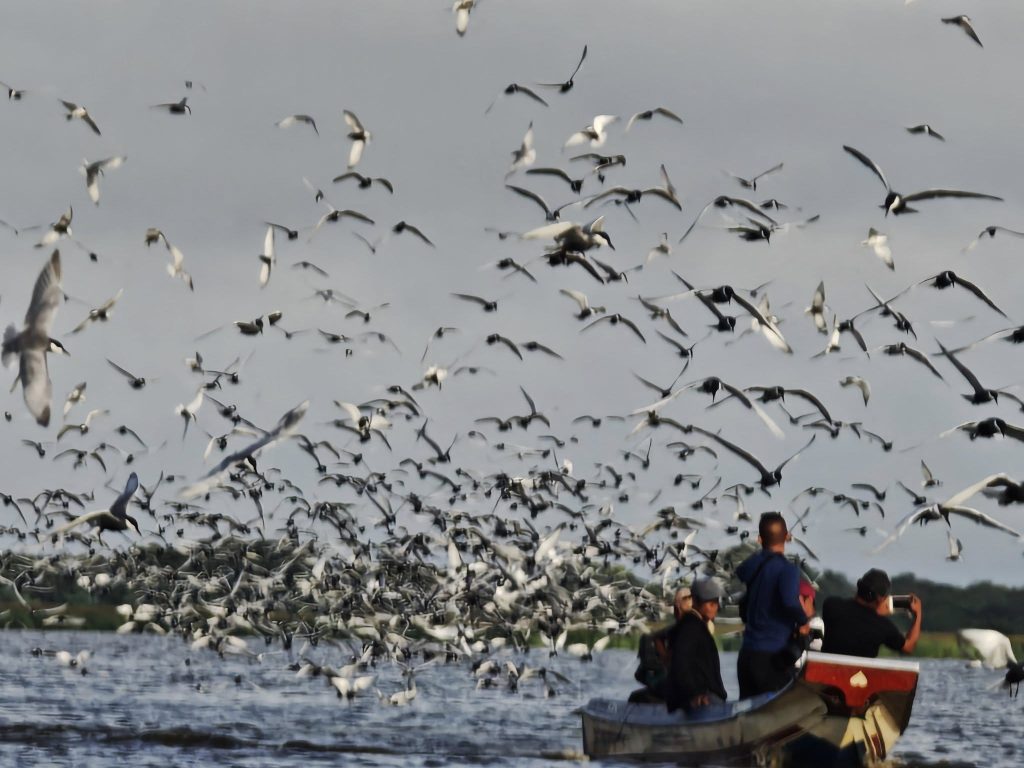
Cambodia’s UNESCO recognition extends beyond temples to natural and cultural landscapes. The Tonle Sap Lake, designated as a UNESCO Biosphere Reserve in 1997, is the largest freshwater lake in Southeast Asia and the lifeline of Cambodia’s fishing communities.
Unique Seasonal Phenomenon
The Tonle Sap reverses its flow twice a year due to the Mekong River’s seasonal floods, expanding up to five times its normal size during the rainy season. This extraordinary natural cycle sustains diverse ecosystems and provides vital resources for millions of Cambodians.
Cultural and Ecological Experiences
- Visit floating villages such as Kampong Phluk and Chong Khneas.
- Observe rare bird species in Prek Toal Bird Sanctuary.
- Learn about local fishing traditions that have been practiced for centuries.
The Tonle Sap is not only an ecological wonder but also a cultural landscape where people and nature live in delicate balance.
>> You might be interested in exploring our 5-Day Cambodia itinerary.
Living Cultural Highlights Beyond UNESCO Sites
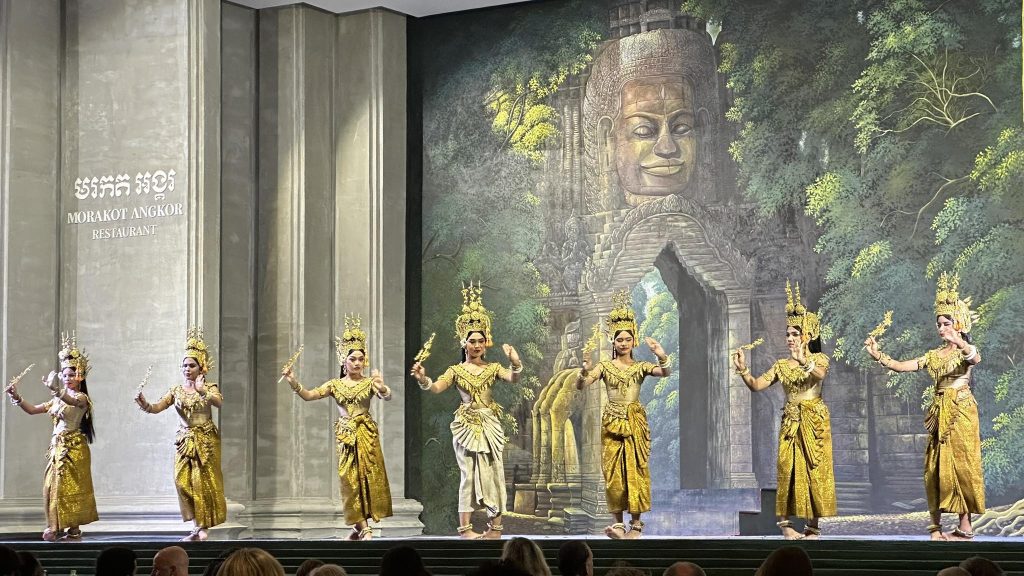
While Cambodia UNESCO sites form the backbone of cultural tourism, the country’s living traditions and other historic landmarks also deserve attention.
Phnom Penh Royal Palace & Silver Pagoda
In the capital city, the Royal Palace complex is a dazzling showcase of Khmer architecture and royal heritage. The Silver Pagoda, with its floor lined by over 5,000 silver tiles, houses priceless treasures including a crystal Buddha.
Apsara Dance – An Intangible UNESCO Treasure
Apsara Dance, inscribed on UNESCO’s Intangible Cultural Heritage list, is an elegant art form that depicts celestial dancers from Hindu and Buddhist mythology. The slow, graceful hand gestures and intricate costumes make this performance a mesmerizing cultural highlight in Cambodia. Experiencing an Apsara dance performance is an unmissable highlight of Indochina tours.
Traditional Crafts
From silk weaving villages like Koh Dach near Phnom Penh to silver workshops in Kampong Thom, Cambodia’s artisanal traditions continue to thrive. Supporting local crafts not only preserves cultural heritage but also empowers rural communities.
Festivals and Celebrations
- Bon Om Touk (Water Festival): Marks the reversal of the Tonle Sap River flow with boat races and celebrations.
- Khmer New Year (Chaul Chnam Thmey): A joyous event featuring traditional games, music, and rituals.
Practical Tips for Exploring Cambodia’s UNESCO Sites and Cultural Highlights
- Best Time to Visit: November to March offers cooler, dry weather ideal for temple and cultural tours.
- Dress Modestly: Respect religious sites by covering shoulders and knees.
- Stay Sustainable: Choose eco-friendly tours, support local artisans, and avoid contributing to over-tourism.
- Guided Tours: Hiring local guides enriches your understanding of history, architecture, and cultural symbolism.
Conclusion: Cambodia as a Cultural Jewel
Cambodia is far more than a single attraction; it is a cultural mosaic where every temple, lake, dance, and festival tells a story. The official Cambodia UNESCO sites—Angkor, Preah Vihear, Sambor Prei Kuk, and the Tonle Sap Biosphere Reserve—form the core of this heritage, but the country’s living traditions such as Apsara dance and its vibrant festivals complete the picture.
For travelers seeking both monumental wonders and intimate cultural encounters, Cambodia offers one of the richest heritage experiences in Asia. By visiting respectfully and responsibly, you contribute to the preservation of this timeless legacy and ensure that future generations can continue to marvel at the Khmer civilization’s brilliance.

